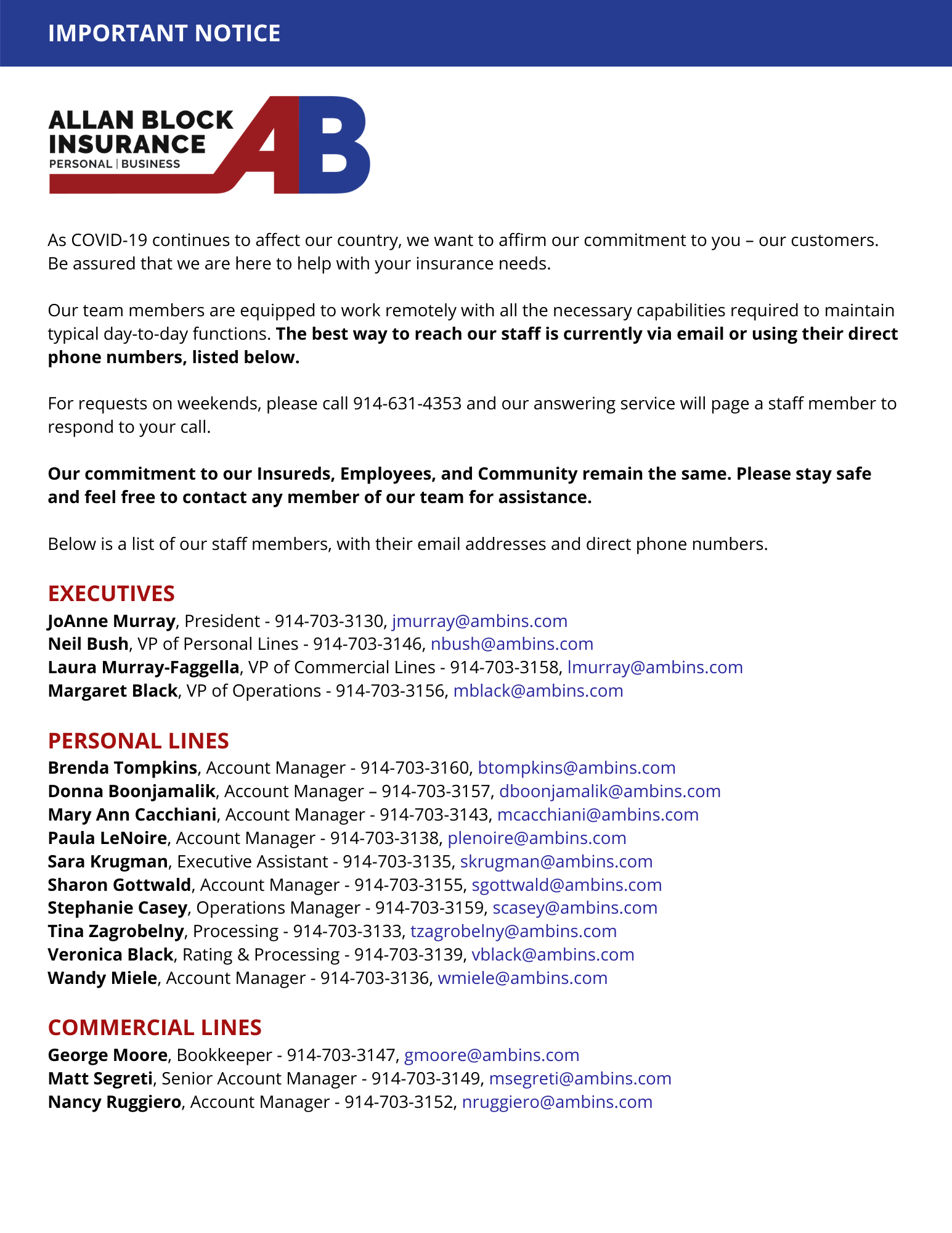While Aristotle once wrote that, “To appreciate the beauty of a snowflake, it is necessary to stand out in the cold,” it’s a safe bet that Ari also never had to drive through a nor’easter in an old station wagon with power brakes. ‘Tis the season for some winter driving reminders for those of us who are still on the move during the hot chocolate and mittens months.
Safety First: Before You Leave
As my title suggests, batteries have a tough time starting in the cold. Sometimes the first sign of a dead battery is a dead battery, but other times cars will give you hints. Flickering digital display? Weaker starts? Dimmer headlights than usual? Take a few minutes out of your schedule to go battery shopping so you aren’t left out in the cold. Be sure to keep a set of jumper cables in your trunk too. Another great idea is to spend a few bucks on a portable battery jumper (and then remember to charge it every few weeks or months) – I’ve had one for a few years that was less than $100 and also included an air compressor to help fill low tires. Which brings me to my next point…
Friendly reminder: cold air causes tire pressure to drop. Your tires will puff up due to friction as you drive, but your spare however… you get the idea. Top it off when you can. Finally, what if you wind up stuck out on the road? As any Boy Scout will tell you, it’s best to be prepared. Pack a blanket (or two), some non-perishable snacks, and an empty thermos or plastic cup – any drinks you pack will likely freeze and pop, but a cup would allow you to melt clean snow if you needed to for water. Snow is mostly air, but if we’re talking about the emergency of all emergencies, half a loaf beats no bread every time. A phone charger and some source of light should also be in your kit.
Safe Travels: Safely on Your Way
A popular saying passed down to me by older drivers is “when in snow, take it slow.” Nothing in the winter is in a hurry. Snow takes its time piling up, but when drivers are in a rush it’s their vehicles that often pile up. Whenever possible, allow yourself extra time to get to your destination and leave more distance between you and the car in front of you.
Black ice can build up anywhere snow melts and refreezes, or anywhere vehicles stop for a few moments to drip condensation. Remember to give yourself extra room and time to slow down before stop signs or traffic lights. If you’re driving in deep snow, try to follow in the tracks of any vehicles in front of you – this way you have a better chance of making contact with the pavement and getting better traction. Also, if you get stuck in snow (especially going up a hill), remember that sometimes the best way out is the way you got in. Allow traffic to pass and then when it’s safe, instead of spinning your wheels, reverse out of your predicament, move over a bit, and try again.
Finally, a quick reminder about your brakes – if you have old fashioned power brakes, and you’re sliding, you’ll probably need to pump, BUT if you have Anti-Lock Brakes (as most vehicles do these days) the brakes will do the pumping for you. Apply even pressure, slightly increasing over time if necessary.
We Made It: What to do Once You’ve Reached Your Destination
Congrats! You made it safe and sound! Now let’s take a few quick steps to make sure your next trip goes just as smoothly. Clean any snow and ice out of wheel wells that you can safely reach – if you don’t and it freezes, you could be dealing with some truly bad vibrations next time you hit the highway. Also remember to lift up your wiper blades. A windshield wiper that freezes to the glass can come apart next time it turns on, and then it’s no good to anyone.
Finally, if you live in a particularly snowy part of the country, where deep snows are common, it’s probably a good idea to swap out your all-season radials for some snow tires. These will give you better traction and more grip on icy, frosty roads. They’ll also protect against hydroplaning when all of that snow finally starts to melt.
You still have some time to get all of your ducks in a row, but don’t delay too long. To borrow a line from pop culture, “winter is coming.”



